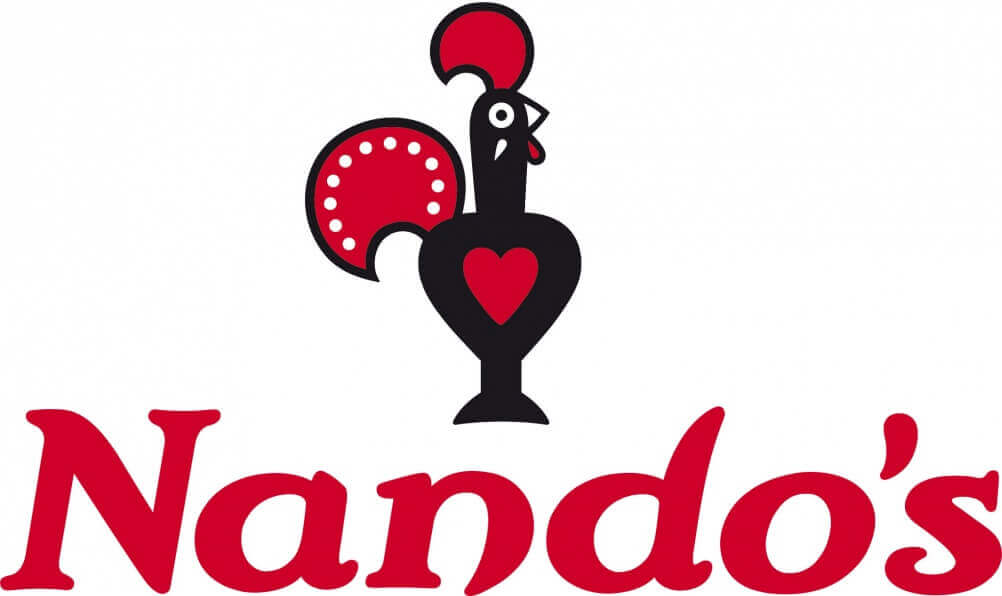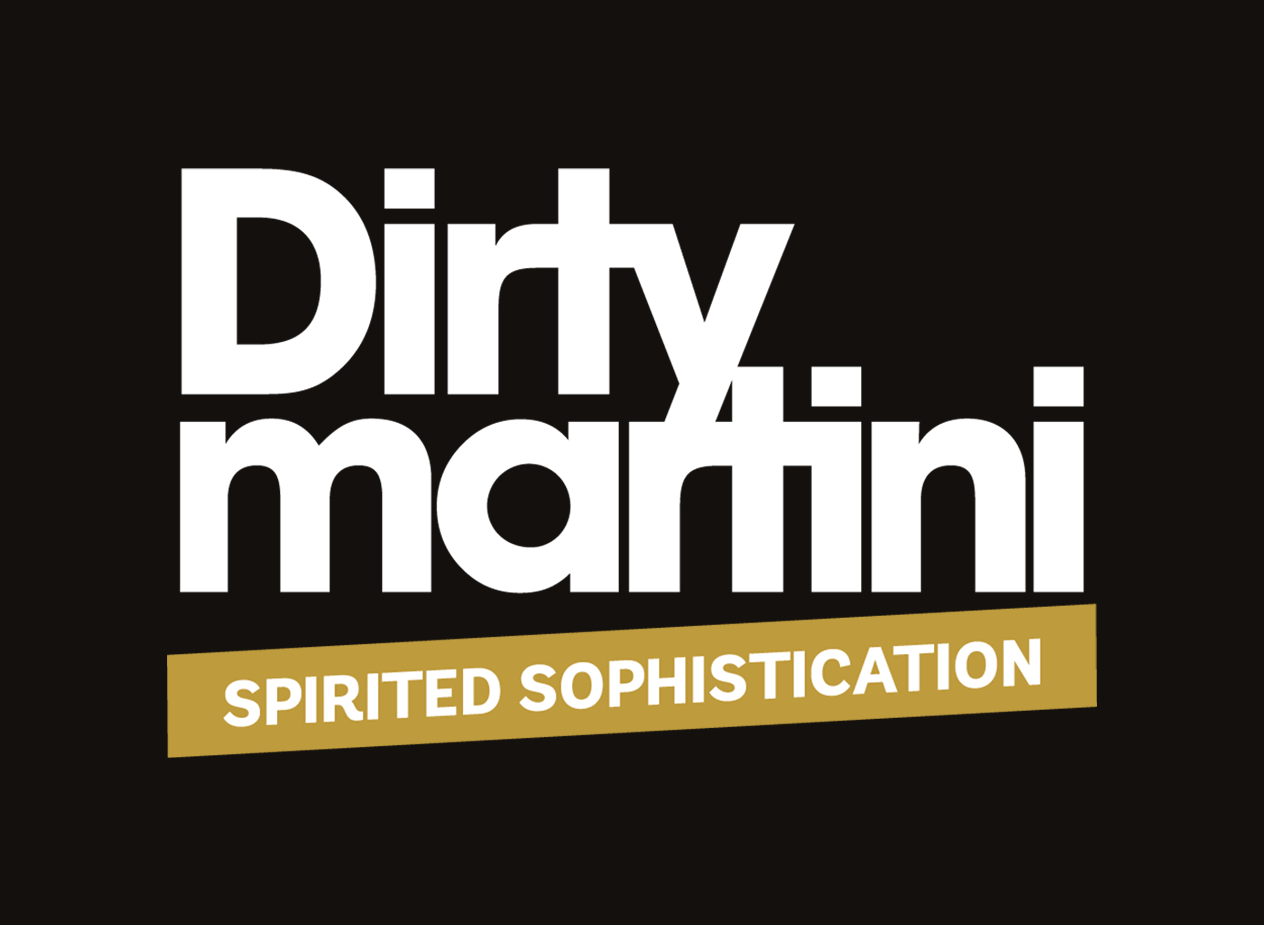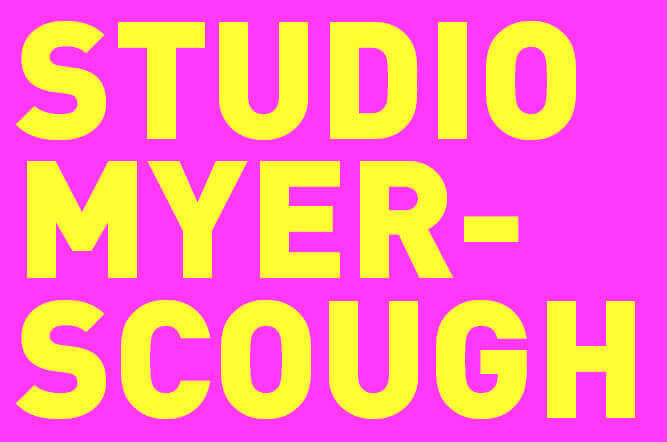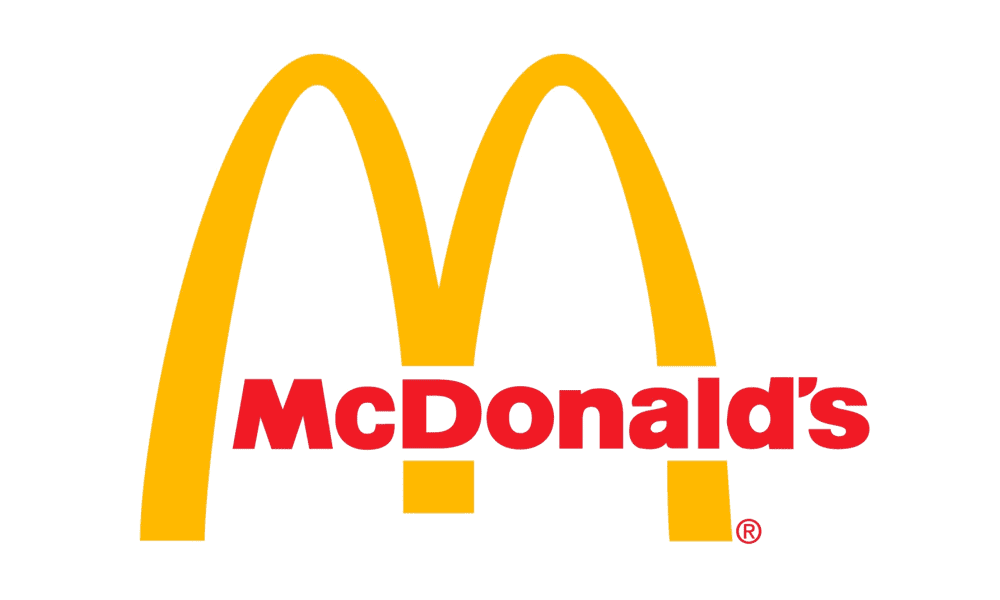Tile texture describes the physical characteristics on the surface of a tile, such as its pattern, roughness and three-dimensional properties.
These features are designed to achieve aesthetic or practical aims. For instance, textured tiles are often engineered for slip resistance in wet areas, but can also be created to reflect light or mimic natural materials like wood. Texture is added during the tile manufacturing process and can range from tried and tested techniques like glazing and embossing, to cutting-edge approaches like digital printing.
Frits and glazes
Many tile makers use frits and glazes to create texture in ceramic tiles. Pre-fused, ceramic materials in granulated form, frits, are an important element in glazes, that influence tile texture and colour. Different kinds of frits as well as other glaze additives are employed to achieve a wide array of tile textures, from glossy and smooth to matte and rough.
Digital printing
Advanced technologies let tile manufacturers create extremely detailed and complicated textures and patterns on the surfaces of tiles. Modern digital ceramic tiles offer users the highest level of customisation letting interior designers and art consultants access tiles that perfectly match their concepts. Offering high-precision reproduction, digital printing also allows manufacturers to produce tiles that perfectly replicate the texture of organic materials like natural stone and wood.
Tile formation methods
In tile manufacturing, extrusion forces a plastic or clay mix through a die to form a continuous shape or ribbon which is cut to the required tile length. During the process the surface of the tile can be manipulated to create the desired texture.
Dry pressing is another method to shape ceramic tiles and sees frequent use in modern tile manufacturing. Under high pressure, manufacturers compact powdered clay to create smooth and consistent tiles, usually for large production runs. Although dry pressing is commonly connected with smoother surfaces, it can also be employed to fashion tiles with a texture. Techniques such as dry cord pressing involve a string or cord being pressed in the clay creating impressions.
Finally, wet processing can also enhance existing textures or create them from scratch on surfaces using water and other abrasives. It may involve tumbling stone tiles to give them a more rounded or antique aesthetic, or deploying water-based processes to add a textured finish.
Surface treatments
Some tile textures are created through a surface treatment. For instance, embossing involves a pattern being pressed into the surface of a tile before it has set to create either a recessed or raised design.
Tile textures are also applied during manufacturing via various tools, including textured moulds. These moulds have specific surface treatments or textures and are often applied during firing. The moulds are often made of silicone or polyurethane and impart patterns on tile’s surface in the forming process.
Tile grooves are also created during manufacturing to improve their functional characteristics or visual appeal. Desired grooves can be added to tile designs with a wide range of techniques like rolling and scratching or employing specialised cutting tools such as water jets. Once added, grooves can alter the tile’s surface area increasing adhesion, adding a unique textured appearance or providing anti-slip properties.
Sanding and polishing techniques are used to smooth and refine the surface of tiles or certain parts of them. As a result, these processes can remove unwanted imperfections and produce a sought-after aesthetic. Polishing can make tiles shine, while sanding is used to remove stains, scratches and unevenness.
Other factors impacting tile texture in manufacturing
Selection of raw materials is a key element of tile texture. Manufacturers must choose materials that have the right properties required to achieve desired durability levels and aesthetics. Different kinds of clay and other tile materials are picked based on their specific texture to create final products.
The tile firing process is also critical for converting clay into hardwearing ceramic. It involves shaped and dried clay being heated in a kiln at extremely high temperatures. This process hardens the clay and extracts any moisture remaining. A second firing, often called “glaze firing”, sometimes follows when a glaze is added to apply texture or colour.
At Digital Ceramics, we are a design print company that provides specialist ceramic tile printing. All our digital ceramic tiles are kiln fired for strength and durability, and can be customised to feature the textures you require. Reach out to us now to learn more.





















